Schokland and Surroundings
A former island, now land-locked, that illustrates the battle that the people of the Netherlands have fought against the sea over many centuries.

A former island, now land-locked, that illustrates the battle that the people of the Netherlands have fought against the sea over many centuries.
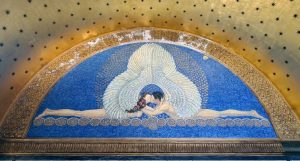
An artists’ colony used for experimentation in architecture, arts and design at the turn of the 20th century.

A former shale-oil mine that contains a wealth of remarkably well-preserved fossils from a 47-million-year-old Eocene ecosystem.
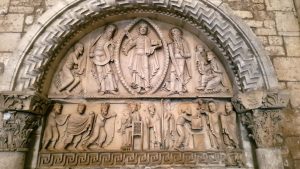
Seventy-eight locations along four medieval pilgrimage routes leading to the Santiago de Compostela in Spain.

A remarkable astronomical observatory with 19 large masonry instruments dating to the 18th century.
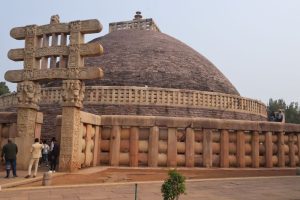
A collection of stupas, temples and monasteries that make up the earliest Buddhist sanctuary in the world.

Twenty-two 11th-century temples of the Chandela period, covered in exceptionally accomplished figurative stonework.
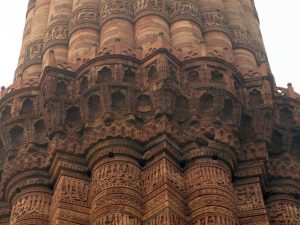
Remnants of early Islamic India, including Northern India’s oldest mosque and a minaret that is the highest stone structure in India.
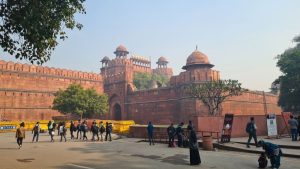
An outstanding example of Mughal architecture on a grand scale, with later British colonial additions.
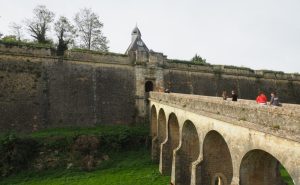
12 sites designed for Louis XIV by the innovative military engineer Sebastien de Vauban in the late 17th-18th centuries.

A collection of shelters used by prehistoric people, many containing impressive Paleolithic works of art.
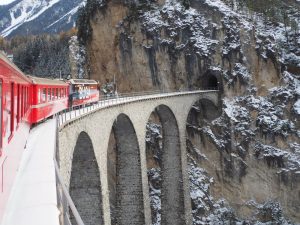
A railway route through the Swiss Alps that represents an outstanding early-20th-century engineering and architectural achievement.
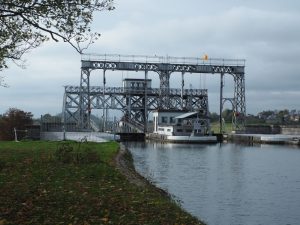
A feat of hydraulic engineering from the Industrial Revolution, used to move vessels between very differing water levels.
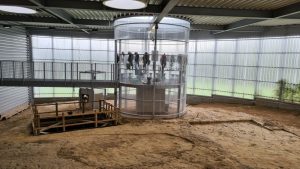
A site dating to thousands of years ago where flint was mined to create axes and other tools.
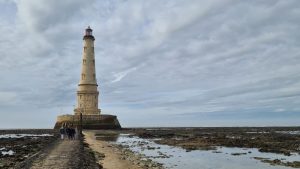
A grandiose 17th-century lighthouse meant both for navigation and for projecting an image of royal power.
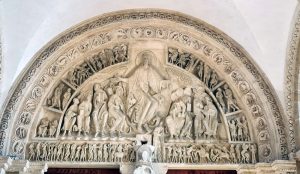
A Romanesque masterpiece and the charming village around it, historically significant in terms of medieval Christianity.
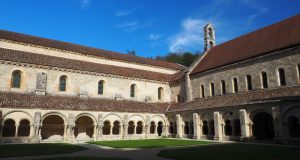
A monastic community whose ideals of poverty and self-sufficiency are reflected in the structures they built.
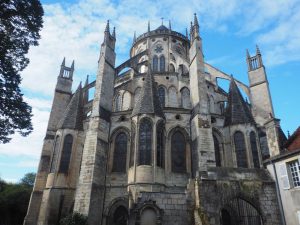
A magnificent Gothic cathedral with stunning stained-glass windows.
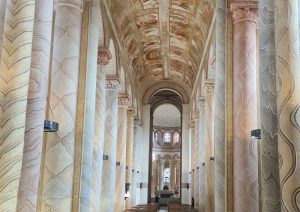
A Romanesque church painted with vivid murals dating to the 11th and 12th centuries, important in the study of medieval Christian art.

A Nazi extermination camp, now a place of remembrance of the atrocities committed by the Nazis in carrying out their so-called “Final Solution.”
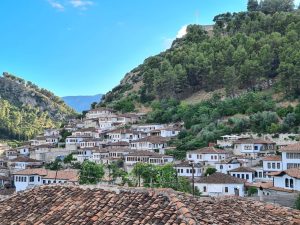
Two towns that exemplify vernacular urban architecture of the Ottoman era.
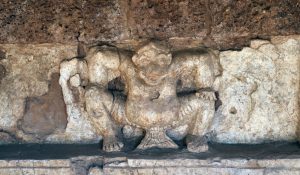
Remains of a town and other monuments dating to the Dvaravati Empire, origin of the Si Thep School of Art.
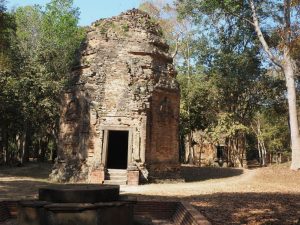
A group of 6th-7th-century Hindu temples where the capital of the Chenla Empire once stood.
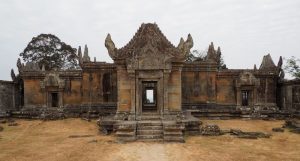
An 11th-century Hindu temple complex in an isolated and dramatic location, with remarkably well-preserved architecture and art.
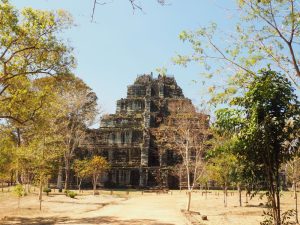
10th-century temples from a short-lived capital city, origin of the Koh Ker style of sculpture.

Two sets of ruins from the Mycenaean civilization in the Peloponnese, which preceded the Ancient Greeks.
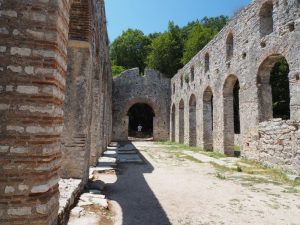
A little-known archeological site in southern Albania with ruins from centuries of occupiers.
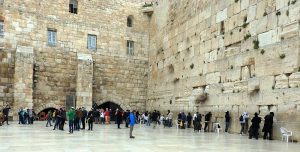
An ancient and disputed city, holy to three major religions.
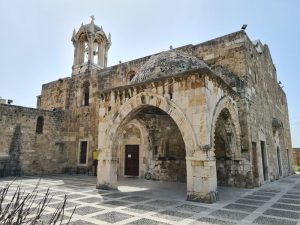
Ruins of many layers of civilizations and the birthplace of the Phoenician alphabet.
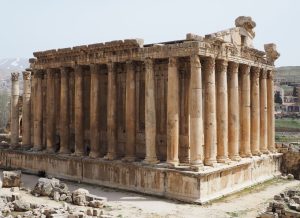
An astoundingly large and well-preserved Roman temple complex.
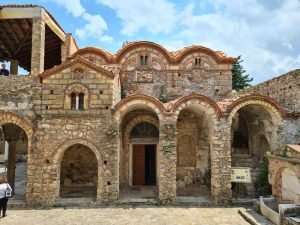
Atmospheric ruins of a complete Late Byzantine city.
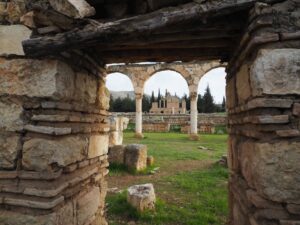
Remains of an 8th-century Umayyad town that offers insight into Umayyad town planning and architecture.
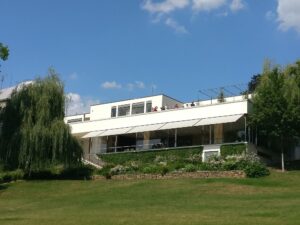
An outstanding example of Modern architecture of the 1920s, designed by Mies van der Rohe.
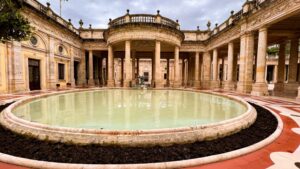
Towns in seven countries where an early tourism industry thrived around natural hot springs.
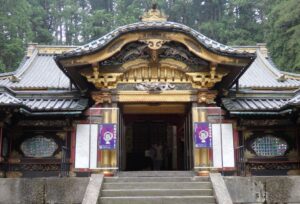
A complex of ornate and colorful religious buildings in a lovely forest setting.

A UNESCO site for its symbolism and the hope it represents.